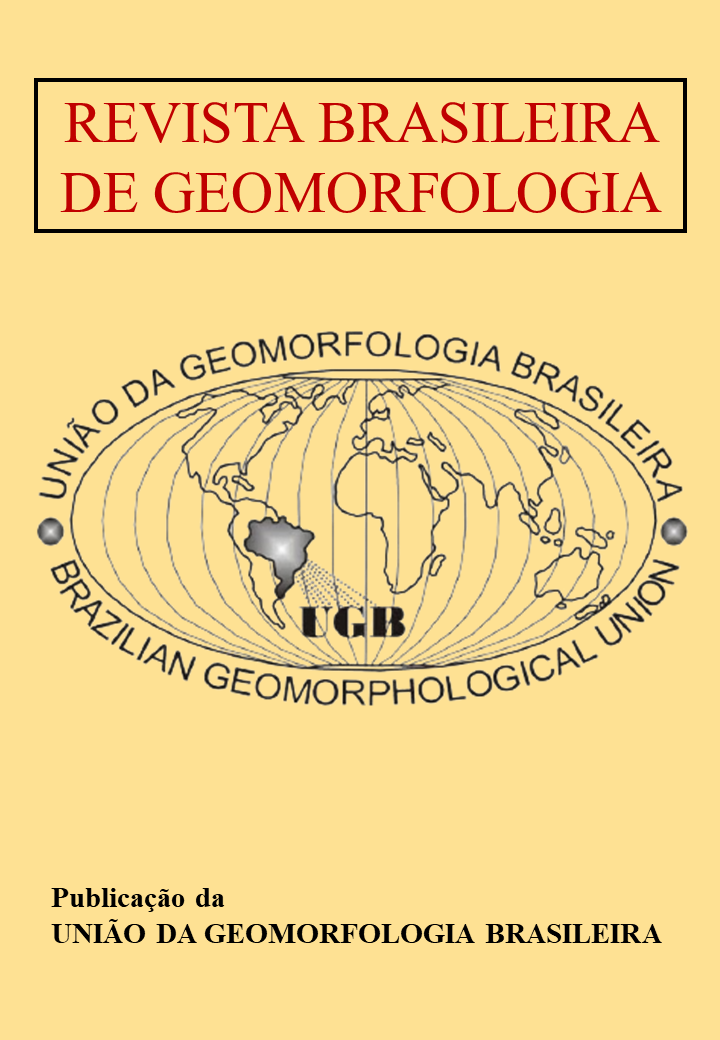Phytoliths, δ13C and Charcoal: holocene environmental memories from a paleogully in northwestern Paraná State
DOI:
https://doi.org/10.20502/rbg.v24i00.2328Keywords:
Pedomemories; Cauiá Group; Erosion; Paleoenvironmental ReconstitutionAbstract
A part of the environmental history of northwest Paraná is reflected in the landscape by the presence of paleogully of great magnitude, concentrated north of the Ivaí River, whose genesis may be associated with different climatic conditions from the current one, during the Quaternary Period. Studies in this region have pointed to climate variations throughout the Holocene, indicating a drier period than the current one in the Pleistocene/Holocene and Middle and Upper Holocene transitions. Although these studies indicate that the denudation rates provide an estimate of the beginning period of the formation of these features, the environmental conditions of climate and vegetation that allowed the development of such processes are still poorly known. Based on the conception of soil as a reservoir of environmental records, and adopting a multiproxy approach, the present study aims to reconstruct the Holocene paleoenvironmental conditions that favored the development of a paleogully in the municipality of Loanda, northwest Paraná. According to the results, the development of this feature is related to an environment with more open vegetation than today, slightly drier and with milder temperature, during the Middle to Late Holocene transition. The increase of humidity in the upper Holocene favored, at first, the enlargement of erosion and, later, already with kilometric dimensions, its stabilization due to the advance of the forest.
Downloads
Downloads
Published
How to Cite
Issue
Section
License

This work is licensed under a Creative Commons Attribution-NonCommercial 4.0 International License.
Author (s) retain copyright and grant the journal right of first publication with the work simultaneously licensed under the Creative Commons Attribution License that allows sharing the work with recognition of its initial publication in this journal.








